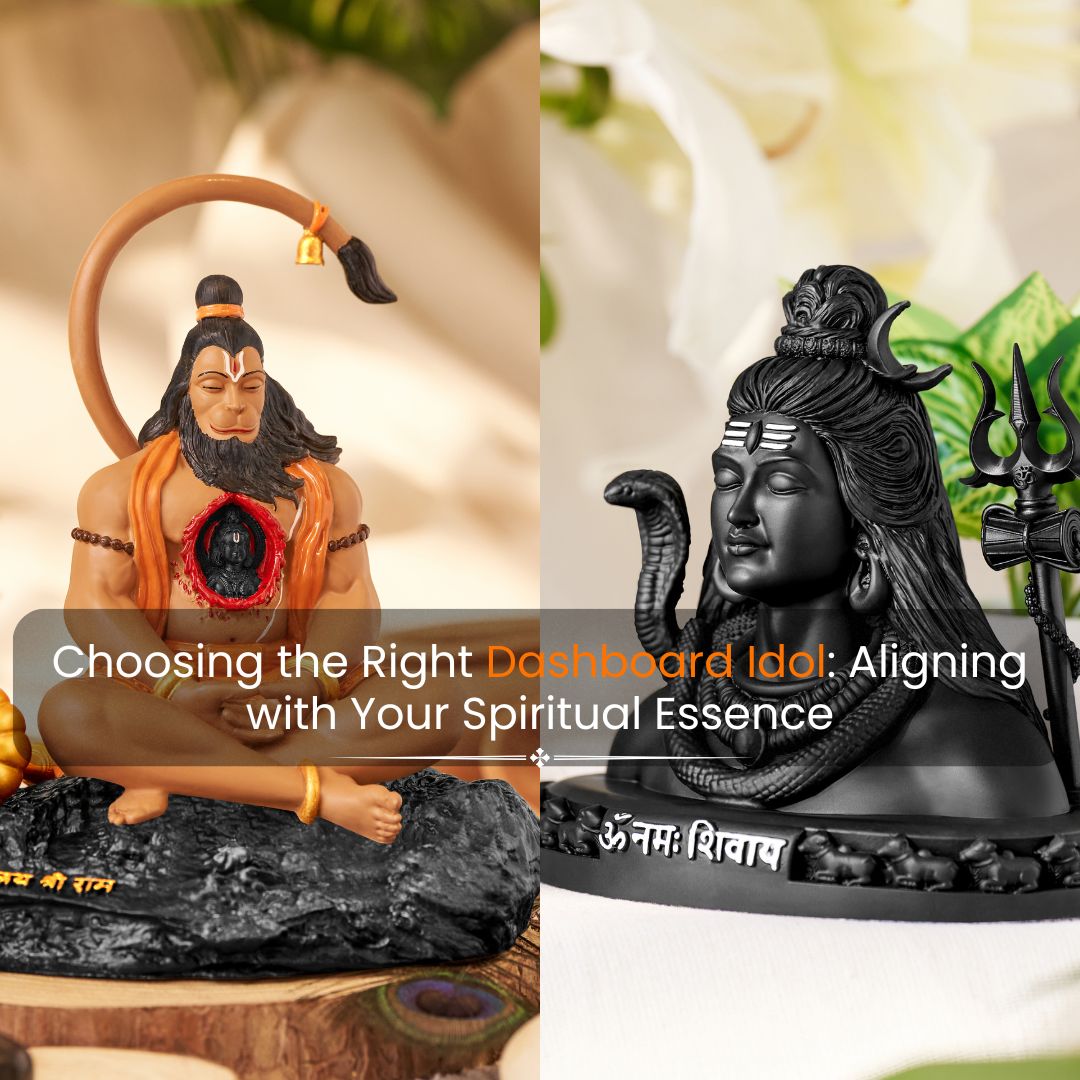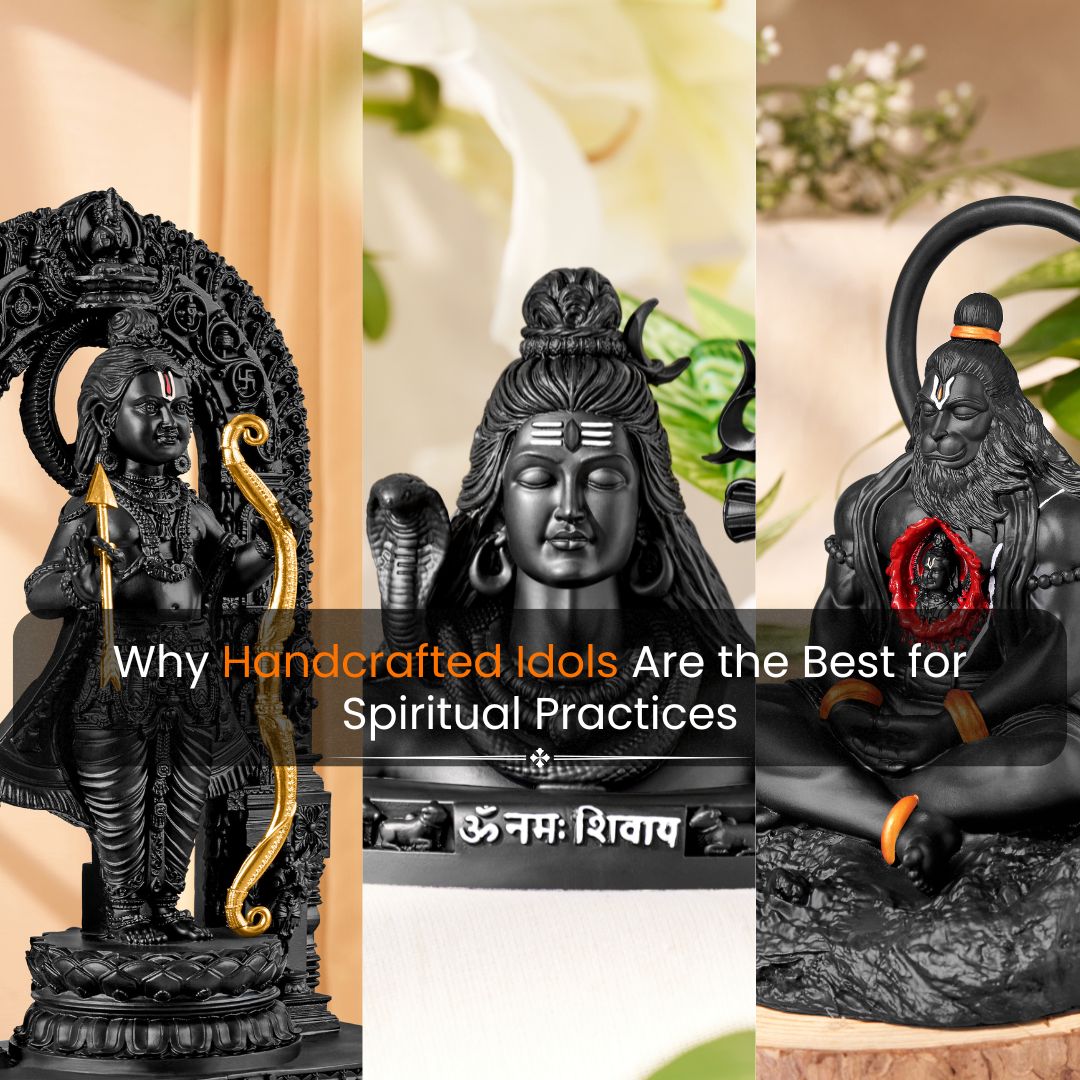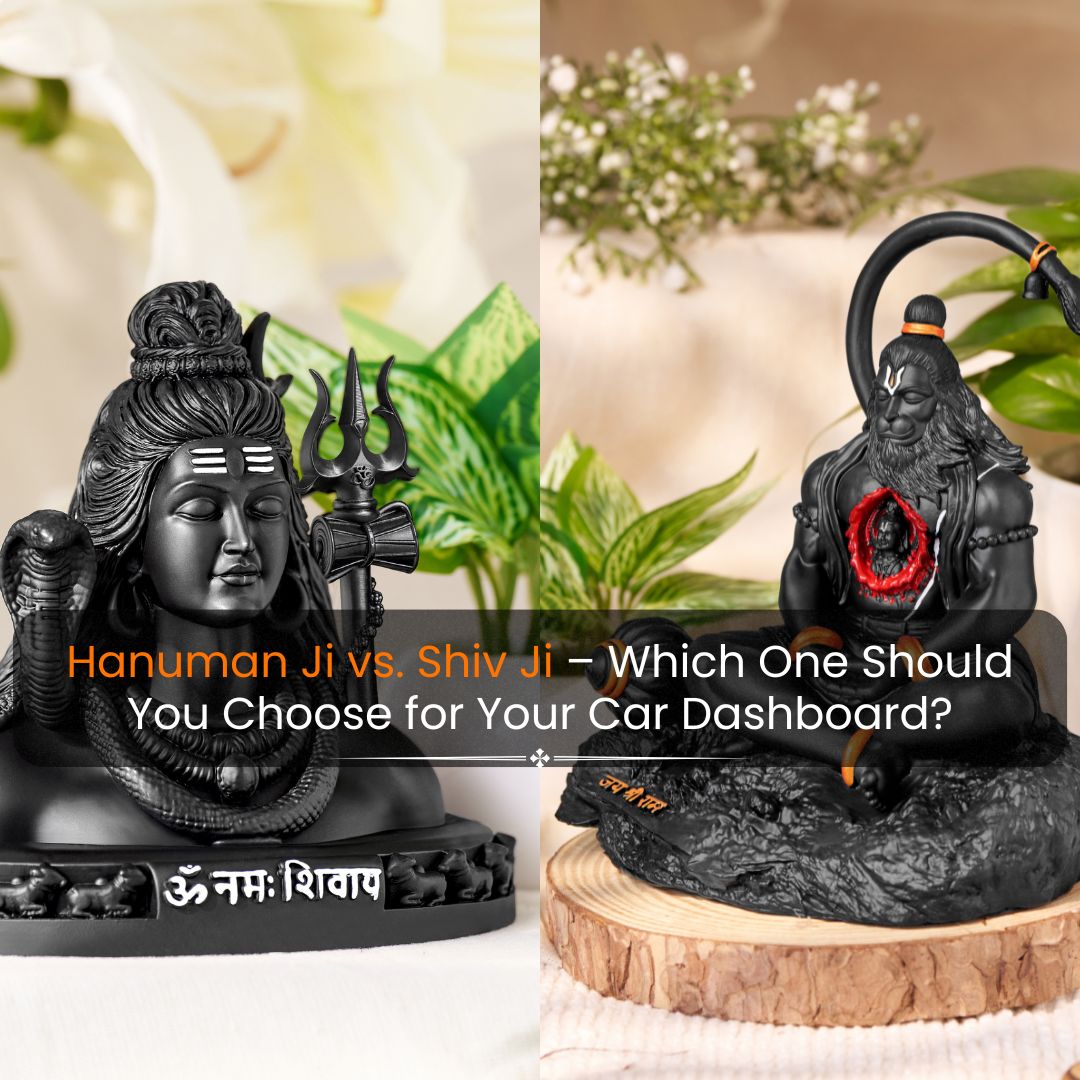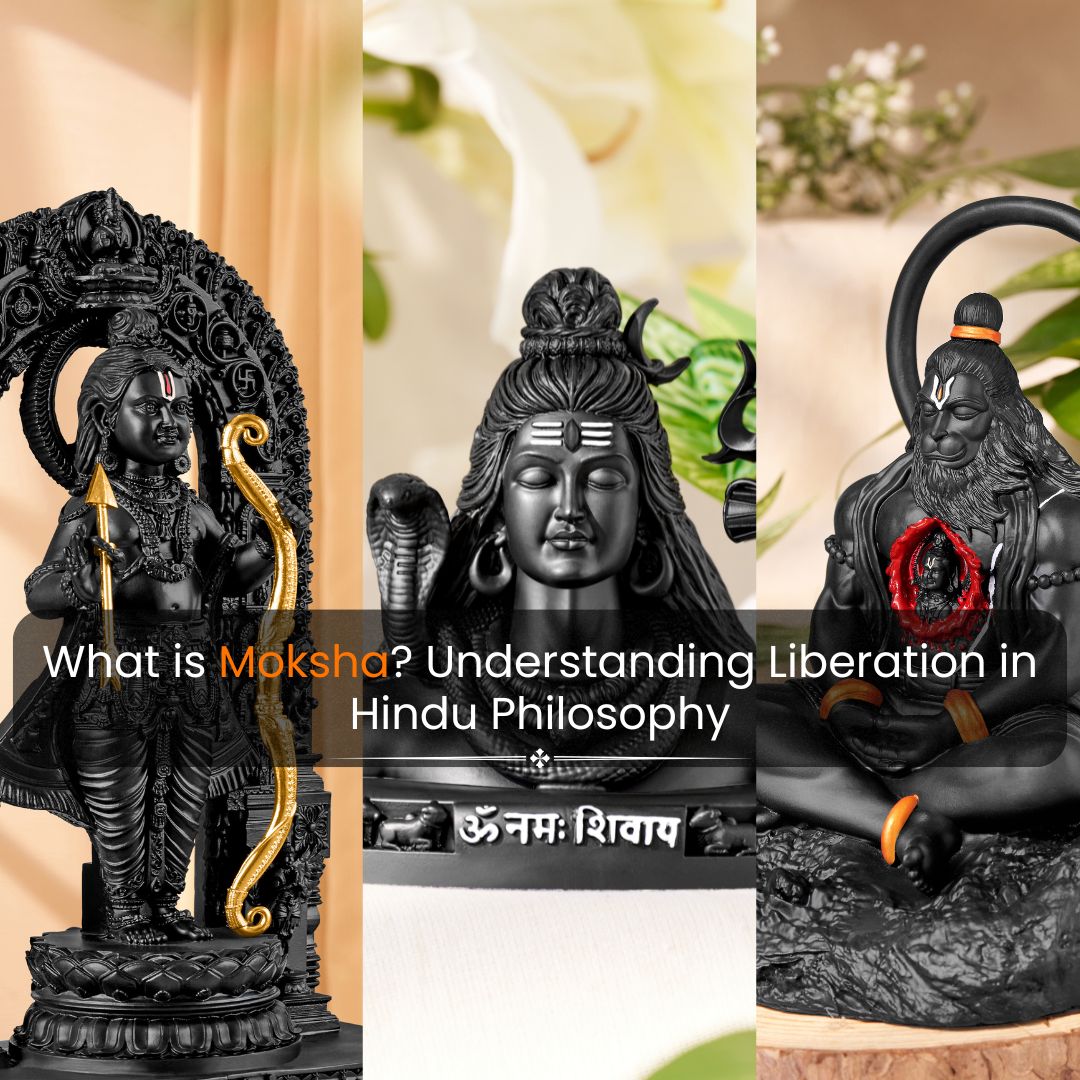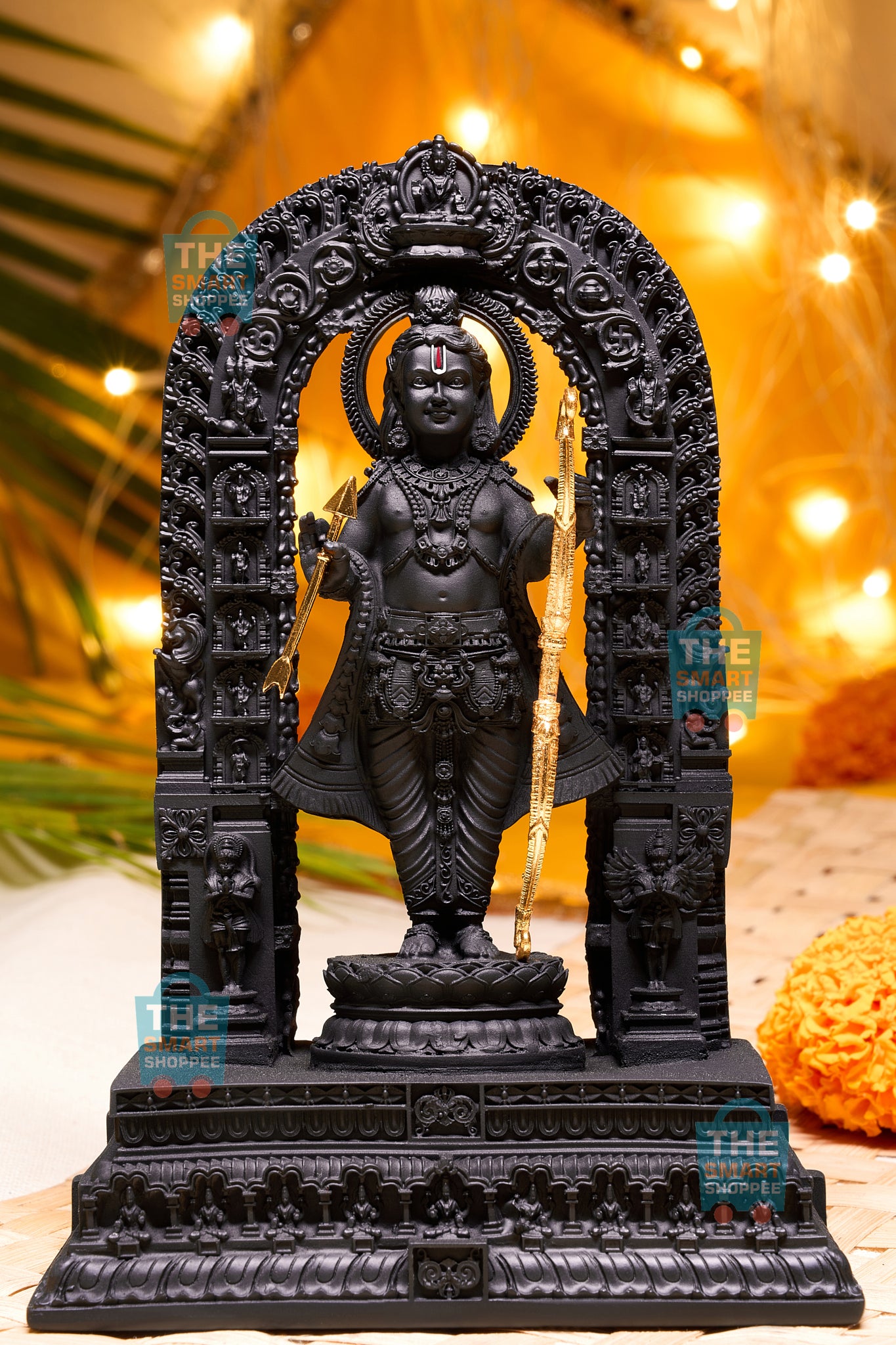
Ayodhya Pati Ram Lala Sahit Mahabali Hanuman
Ram, the seventh avatar of Lord Vishnu, is the mighty god for Hindus. He was born in Ayodhya as the son of King Dashrath and Queen Kausalya. He had 3 siblings named Bharat, Shatrugna, and Lakshman. Lord Ram was married to Sita (an avatar of Goddess Lakshmi/Laxmi). He was sent off to exile (Vanvaas) for 14 years, accompanied by his younger brother, Lakshman, and wife Sita. Over the years of exile, he met a core devotee called Hanuman.
Hanuman is also an Indian god with supreme powers. He is also known as Maruti and Bajrang Bali. He was the son of Anjani and Wind (Vayu) God, Kesari.
Ayodhya is a city situated on the banks of the River Sarayu in Uttar Pradesh, India. After years of conflicts, riots, and controversies, the Ram Mandir was finally situated here on its place of origin. Under the government of our respected Prime Minister Narendra Modi ji.
Ram Mandir and its History:
Ram Mandir is a Hindu temple complex under construction in Ayodhya, Uttar Pradesh, India, managed by the Shri Ram Janmabhoomi Teerth Kshetra Trust. According to Hindu tradition, this temple is located near Ram Janmabhoomi, the fabled birthplace of Shri Ram, the Hindu religion's principal leader.
This is the former location of the Babri Masjid, which was erected in the sixteenth century. The mosque was built in 1949 and included statues of Rama and Sita before being assaulted and demolished in 1992. The 2019 Supreme Court verdict on the Ayodhya issue declared that the disputed site would be awarded to the Hindu community for the construction of the temple, while Muslims would be given land in adjacent Dhannipur to build the mosque. The Court pointed to an Archaeological Survey of India study, which revealed the presence of an un-Islamic construction beneath the destroyed Babri Mosque. On August 5, 2020, Indian Prime Minister Shri Narendra Modi performed the Bhoomi Pujan to begin the construction of the Ram Temple. On January 22, 2024, Modi ji served as the principal host for the Ram Mandir Pran Pratishtha (Abhishek).
The temple has been entangled in several issues, including allegations of abuse of contributions, the dismissal of important workers, and politicization by the Bhartiya Janata Party.
Ram is a Hindu divinity who is seen as an incarnation of Vishnu. According to the Ramayana, an ancient Indian epic, Rama was born at Ayodhya. In the 16th century, Babur assaulted and destroyed the temple as part of a series of attacks on temples across northern India. Later, the Mughals constructed the Babri Masjid, which is said to be the location of Ram's birthplace, Ram Janmabhoomi. The mosque was first mentioned in 1767 in the Latin book Descriptio India, published by Jesuit missionary Joseph Tiefenthaler. According to him, the mosque was created by demolishing the Ramkot temple, which is considered Ram's fort in Ayodhya, as well as Bedi, where Ram was born. The first instance of religious violence was documented in 1853. In December 1858, the British authority prohibited Hindus from performing pujas (rituals) at the disputed site. A stage was created outside the mosque to perform the rites.
Architecture of Ram Mandir
The Sompura family of Ahmedabad created the initial design for the Ram Temple in 1988. Sompura has worked on the design of approximately 100 temples across the world for at least 15 generations, including the Somnath Temple. Chandrakant Sompura was the temple's principal architect, with assistance from his two sons, Nikhil and Ashish Sompura, also architects. Sompura created a new design in 2020 that differed somewhat from the original, based on Hindu literature Vastu Shastra and Shilpa Shastra. The temple will be 250 feet broad, 380 feet long, and 161 feet (49 m) tall. Once finished, the temple complex will be the world's third-biggest Hindu temple. The Sompura family of Ahmedabad created the initial design for the Ram Temple in 1988. The Sompura family of Ahmedabad created the initial design for the Ram Temple in 1988. Sompura has worked on the design of approximately 100 temples across the world for at least 15 generations, including the Somnath Temple. Chandrakant Sompura was the temple's principal architect, with assistance from his two sons, Nikhil and Ashish Sompura, also architects. Sompura created a new design in 2020 that differed somewhat from the original, based on Hindu literature Vastu Shastra and Shilpa Shastra. The temple will be 250 feet broad, 380 feet long, and 161 feet (49 m) tall. Once finished, the temple complex will be the world's third-biggest Hindu temple. It is built in the Gurjara-Chalukya style of Nagara architecture, a form of Hindu temple building common in northern India. A replica of the projected temple was presented at the Prayag Kumbh Mela in 2019. The main building of the temple will be erected on a three-story platform. There will be five pavilions in the center of the sanctum sanctorum and at its entrance. Three mandaps on one side will be for Kudu, dance, and color, while two on the other will be for kirtan and prayer. Shikharas are used to embellish the pavilions in Nagara style.
Your blog post provides a detailed account of Lord Rama, the Ram Mandir, and its historical significance. Here is a revised conclusion with relevant keywords for SEO:
At The SmartShoppee, we are dedicated to offering authentic replicas of the revered Ram Mandir and the Hanuman Yantra. Experience the divine presence of Lord Rama and Hanuman in your home or workplace with our exquisite replicas. Enhance your surroundings with the sacred aura of these revered deities. Explore our collection now to bring blessings and positivity into your life.















